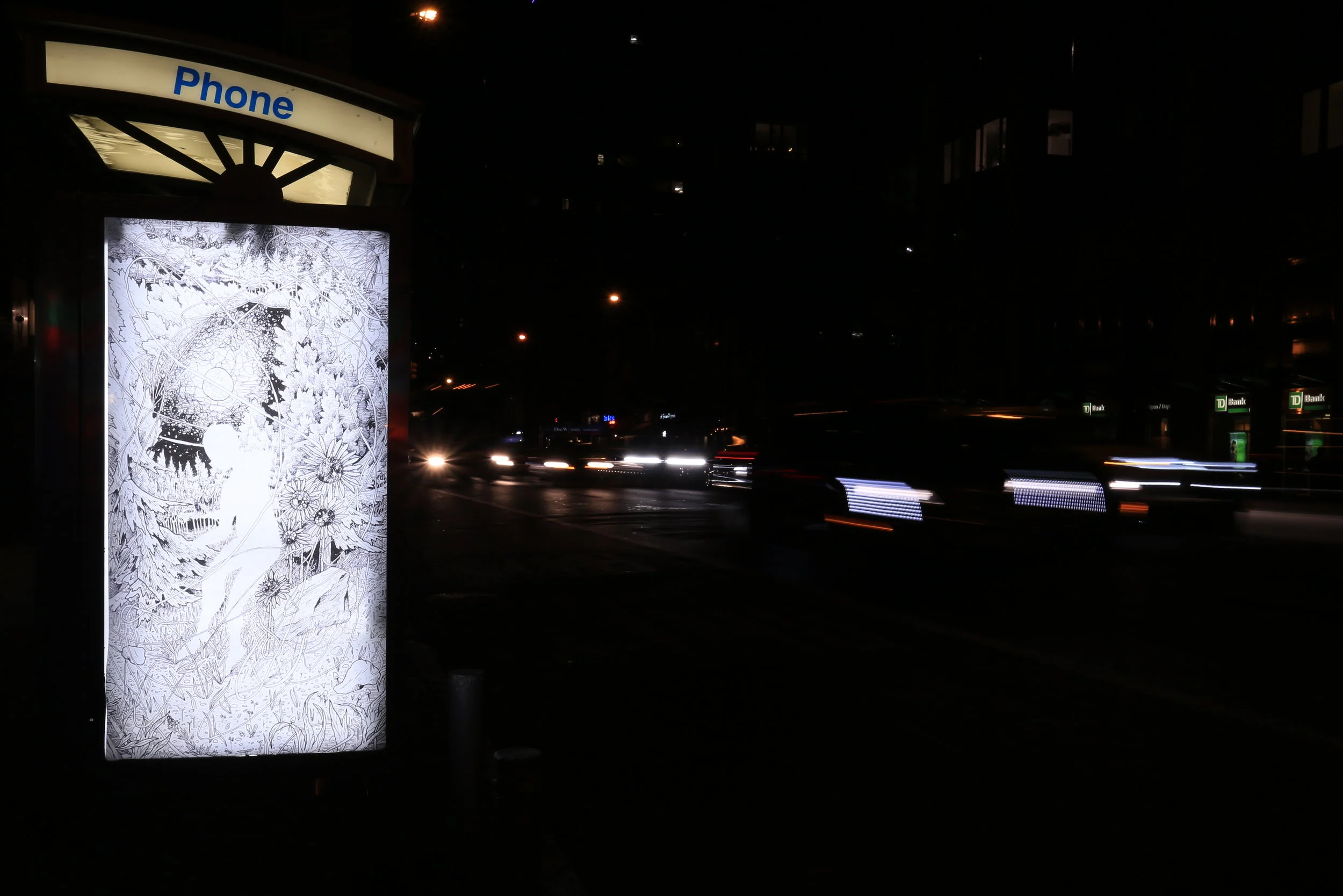HOODED by Myles Loftin. Photo by Luna Park.
Myles Loftin, a 19 year old photographer, is making the kind of work that we need to see. This direct and heartfelt challenge to media representation is what we were dreaming of when we were in our early days of creating this project. We came across his work online earlier this year.
Antwaun Sargent, writing in Creators Project, explained Loftin the inspiration behind HOODED series saying, "Myles Loftin, was scrolling through his Twitter feed and came across a tweet that displayed the results of a Google search of the words, 'four black teens' and 'four white teens.' The search results for white teens turned up stock photos of white teenagers smiling, attending high school, and posing together. The results for their black counterparts surfaced mostly mugshots, a 'WANTED' sign, and photos of black teens in police custody. 'It wasn't entirely shocking to me,' explains Loftin to Creators, 'I already have an understanding of the way black people are viewed in the world.' Seeing the search results 'really hurt' him, he says, because he couldn't understand why those images are being used to represent him and his peers. 'I wanted to know why I couldn't find many images of positive portrayals of black teens.'"
To BET, Loftin said, "I just wanted people to be able to see Black boys in a different light. We can be playful, we can be soft, we can be feminine, we can be whatever we want. We don’t have to be put into a box by what the media says about us or how they show us to people."
We read those articles and immediately felt that Loftin was on to some of the same ideas that get us fired up when we think about the outdoor advertising industry. The images we see every day, whether they be in Google searches or on billboards, shape our perceptions and our actions. Putting more positive and varied images into the world will give people more positive and varied perceptions of the people and things depicted. Luckily, it seems Loftin agrees. He told us, "I'm participating in Art in Ad Places because I think that it's a really cool idea to replace the overwhelming nature of advertisement that we encounter everyday with great art. The work that I've decided to contribute to this project is about reshaping the representations of black males."
In some ways, what makes the work even more powerful in our particular context is that Loftin's aesthetic so closely mimics advertising. This poster is possibly the closest we have come so far in Art in Ad Places to détournement. And while that's not what we're going for every week, it sure feels nice to use the advertising industry's aesthetics to critique it.
HOODED by Myles Loftin. Photo by Luna Park.










